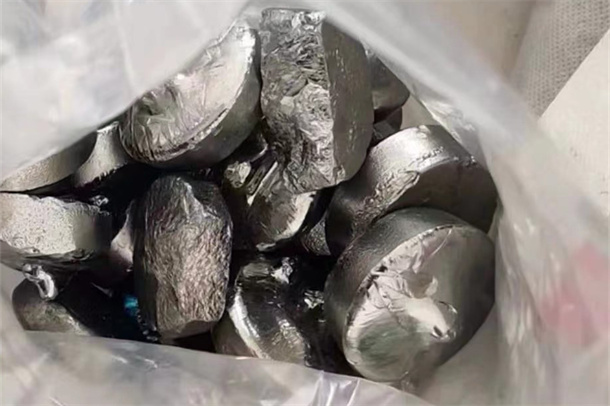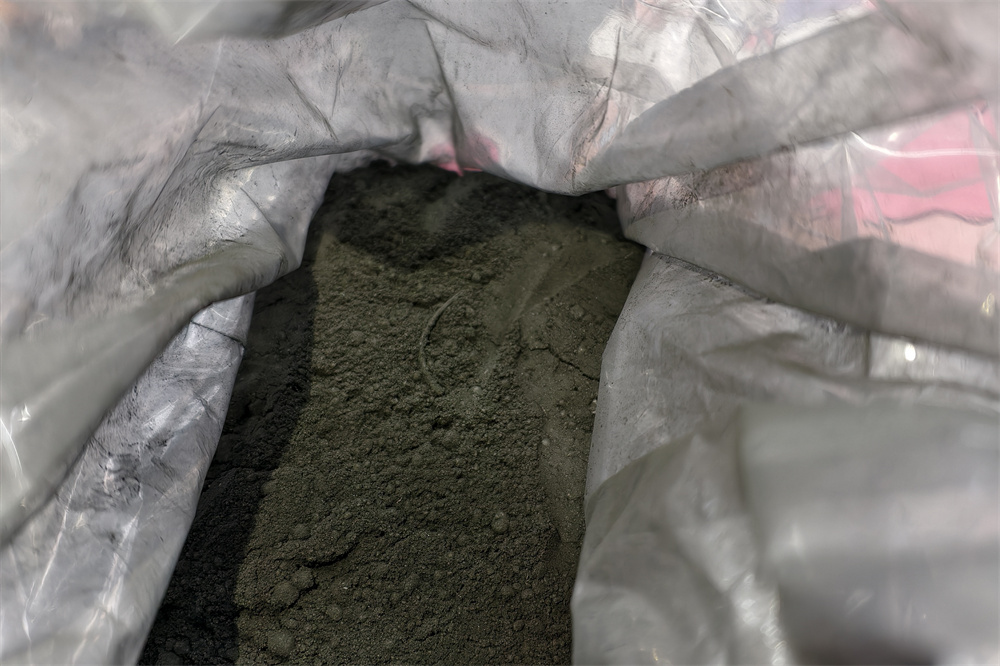Germanium powder is formed through a specific process.
Germanium powder, this precious material, often quietly emerges as a byproduct in the intricate and meticulous industrial process of aluminum smelting. The aluminum smelting process, serving as a vital link in modern metal processing, not only demands efficient extraction of pure aluminum from ore but also entails a series of chemical reactions and physical transformations, among which the production of germanium powder is included.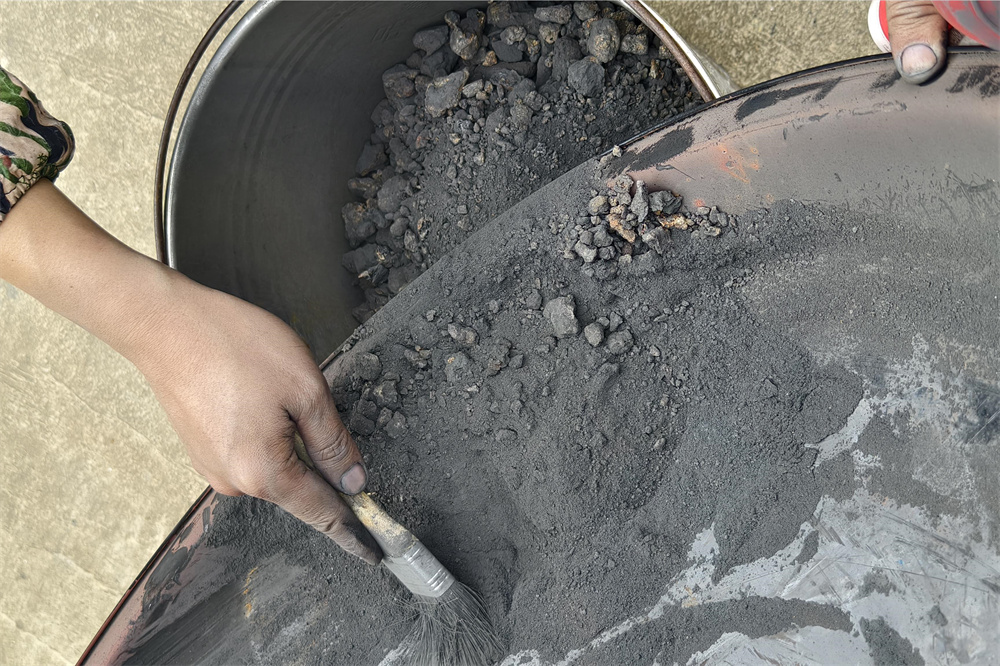 During the high-temperature smelting phase of aluminum smelting, various ore materials, carefully proportioned, are fed into the furnace. Through a series of complex reduction reactions, aluminum metal gradually separates from the ore and forms a molten state. As the smelting process progresses, in addition to the primary aluminum component, the molten metal contains multiple elements such as germanium, silicon, and iron. When these molten metals slowly solidify under specific cooling conditions, due to the significantly lower melting point of germanium compared to aluminum and other impurities, it preferentially precipitates out during solidification. As the temperature further decreases, it gradually solidifies into fine powdery substance—germanium powder.
During the high-temperature smelting phase of aluminum smelting, various ore materials, carefully proportioned, are fed into the furnace. Through a series of complex reduction reactions, aluminum metal gradually separates from the ore and forms a molten state. As the smelting process progresses, in addition to the primary aluminum component, the molten metal contains multiple elements such as germanium, silicon, and iron. When these molten metals slowly solidify under specific cooling conditions, due to the significantly lower melting point of germanium compared to aluminum and other impurities, it preferentially precipitates out during solidification. As the temperature further decreases, it gradually solidifies into fine powdery substance—germanium powder.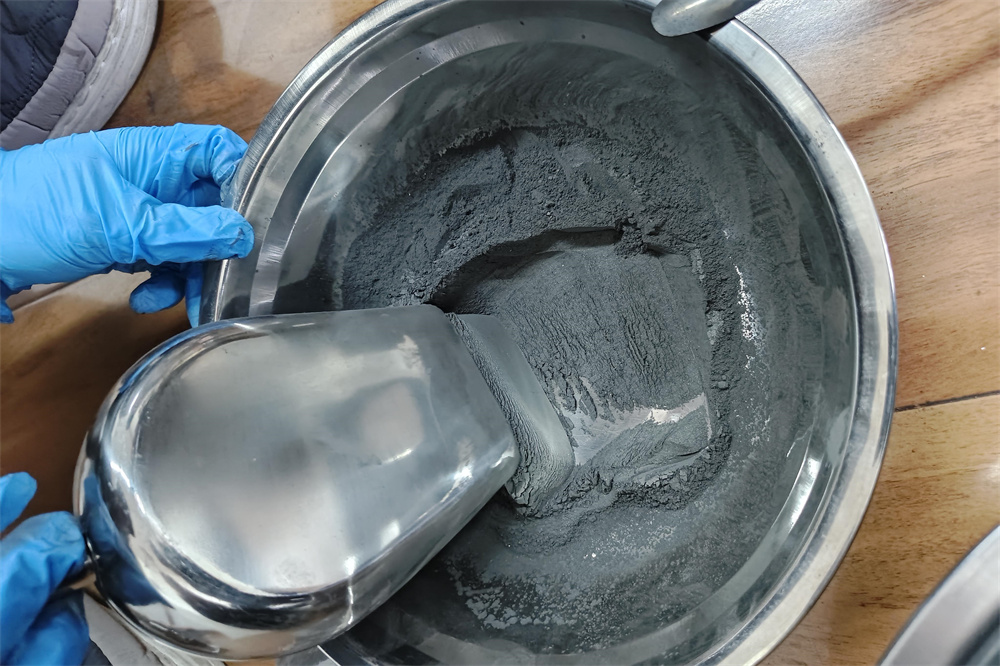 These germanium powders, initially merely "scraps" in the aluminum smelting process, actually harbor immense economic value and application potential. Therefore, on the production lines of aluminum smelters, specialized equipment is used to collect these powders. The collection typically takes place after the molten metal has fully solidified and undergone preliminary processing, using methods such as mechanical vibration or pneumatic blowing to effectively separate and concentrate the germanium powder adhering to the metal surface or precipitated at the bottom of the furnace.
These germanium powders, initially merely "scraps" in the aluminum smelting process, actually harbor immense economic value and application potential. Therefore, on the production lines of aluminum smelters, specialized equipment is used to collect these powders. The collection typically takes place after the molten metal has fully solidified and undergone preliminary processing, using methods such as mechanical vibration or pneumatic blowing to effectively separate and concentrate the germanium powder adhering to the metal surface or precipitated at the bottom of the furnace.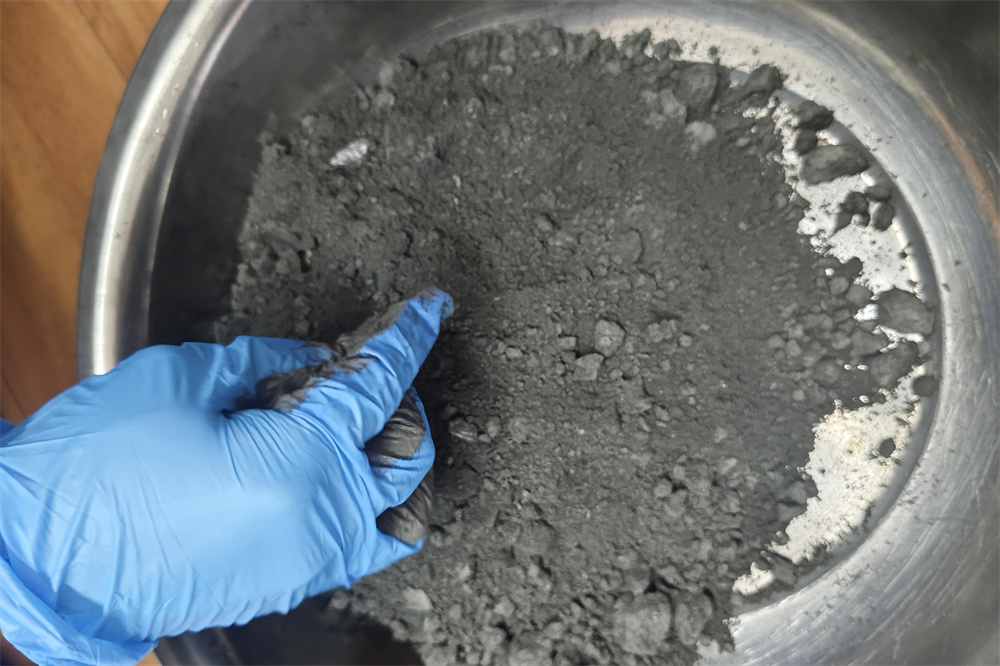 The collected germanium powders cannot be directly put into use and require a series of rigorous classification and recycling processes. This step is crucial, as it not only pertains to the effective utilization of germanium resources but also directly impacts the quality and performance of subsequent products. Classification primarily involves distinguishing germanium powders based on their purity, particle size, and other physical characteristics to ensure that germanium powders of different qualities can be precisely differentiated to meet specific needs in various application fields. The recycling process focuses on further purifying the germanium powders through chemical or physical methods to remove impurities and enhance their application value.
The collected germanium powders cannot be directly put into use and require a series of rigorous classification and recycling processes. This step is crucial, as it not only pertains to the effective utilization of germanium resources but also directly impacts the quality and performance of subsequent products. Classification primarily involves distinguishing germanium powders based on their purity, particle size, and other physical characteristics to ensure that germanium powders of different qualities can be precisely differentiated to meet specific needs in various application fields. The recycling process focuses on further purifying the germanium powders through chemical or physical methods to remove impurities and enhance their application value.

